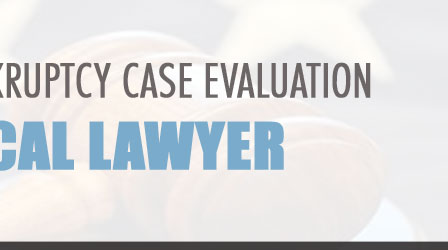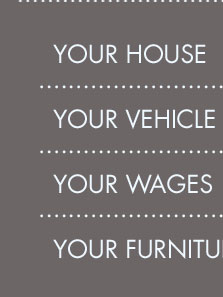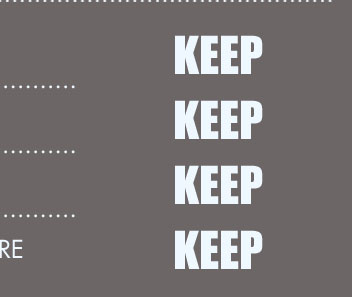 |
 |
 |
|---|
 |
 |
 |
|---|---|---|
 |
 |
 |
 |
 |
 |
|---|---|---|
 |
 |
 |
 |
Understanding Chapter 7 Bankruptcy in Washington State: A Comprehensive Guide
Introduction to Chapter 7 Bankruptcy
Chapter 7 bankruptcy, often referred to as 'liquidation bankruptcy,' provides individuals in Washington State with a legal avenue to eliminate most unsecured debts. It offers a fresh start for those overwhelmed by financial obligations. This process involves the liquidation of non-exempt assets to repay creditors, followed by the discharge of remaining debts.
Eligibility Criteria for Chapter 7 Bankruptcy
Means Test
To qualify for Chapter 7 bankruptcy in Washington, debtors must pass the means test, which compares their income to the median income of the state. Those with income below the median automatically qualify, while others may need to demonstrate insufficient disposable income.
Credit Counseling Requirement
Before filing, individuals must complete a credit counseling course from an approved agency. This step ensures that all filers are aware of alternatives and the consequences of declaring bankruptcy.
The Filing Process
Preparing the Petition
The process begins with compiling financial records and filing a petition with the bankruptcy court. This petition includes detailed schedules of assets, liabilities, income, and expenses.
Automatic Stay
Once the petition is filed, an automatic stay is issued, immediately halting most collection actions against the debtor. This includes stopping wage garnishments, foreclosures, and harassing calls from creditors.
Exemptions in Washington State
Washington allows debtors to choose between federal and state exemptions. These exemptions determine which assets can be retained. Common exemptions include homestead, personal property, and tools of the trade. Understanding these exemptions is crucial to protecting valuable assets during the bankruptcy process.
Role of the Bankruptcy Trustee
A court-appointed trustee oversees the bankruptcy case, reviewing the petition and identifying non-exempt assets for liquidation. The trustee also conducts the 341 meeting, where creditors can question the debtor about their financial affairs.
Discharge and Life After Bankruptcy
Upon successful completion, most unsecured debts are discharged, providing the debtor with a clean financial slate. However, not all debts can be eliminated, such as student loans, alimony, and certain tax obligations. It's important to rebuild credit post-bankruptcy, often beginning with secured credit cards and careful financial planning.
Chapter 7 Bankruptcy vs. Chapter 13 Bankruptcy
While Chapter 7 focuses on liquidating assets, chapter 13 bankruptcy mn involves reorganizing debt into a manageable repayment plan. Choosing between these options depends on individual circumstances, including income stability and asset protection goals.
Frequently Asked Questions
What debts can be discharged in Chapter 7 bankruptcy?
Chapter 7 bankruptcy discharges most unsecured debts, such as credit card balances, medical bills, and personal loans. However, it does not discharge secured debts or obligations like student loans and child support.
How does filing Chapter 7 affect my credit score?
Filing for Chapter 7 bankruptcy will significantly impact your credit score, often lowering it by 100 to 200 points. The bankruptcy will remain on your credit report for up to 10 years. However, many find that they can start rebuilding their credit soon after discharge.
Can I keep my car if I file for Chapter 7 bankruptcy?
Whether you can keep your car depends on its value and the applicable exemptions. If your vehicle's equity is covered by exemptions, you can retain it. Otherwise, you may need to negotiate with the trustee or consider reaffirming the loan.
Is Chapter 7 bankruptcy the right choice for everyone?
Chapter 7 is suitable for individuals with little to no disposable income and significant unsecured debt. However, those with substantial assets they wish to protect or a steady income might consider alternatives like filing bankruptcy chapter 7 in florida or Chapter 13 bankruptcy.
Even an undocumented worker can file. You can only file one Chapter 7 and get a discharge every eight years. If you file a Chapter 13 within 4 years of filing a ...
In a Chapter 7 bankruptcy you wipe out your debts and get a Fresh Start. Chapter 7 bankruptcy is a liquidation where the trustee collects all of your ...
Voluntary Petition for Individuals Filing for Bankruptcy (Official Form 101) this completed form must be signed by the debtor(s). Additional signatures (and ...
![]()